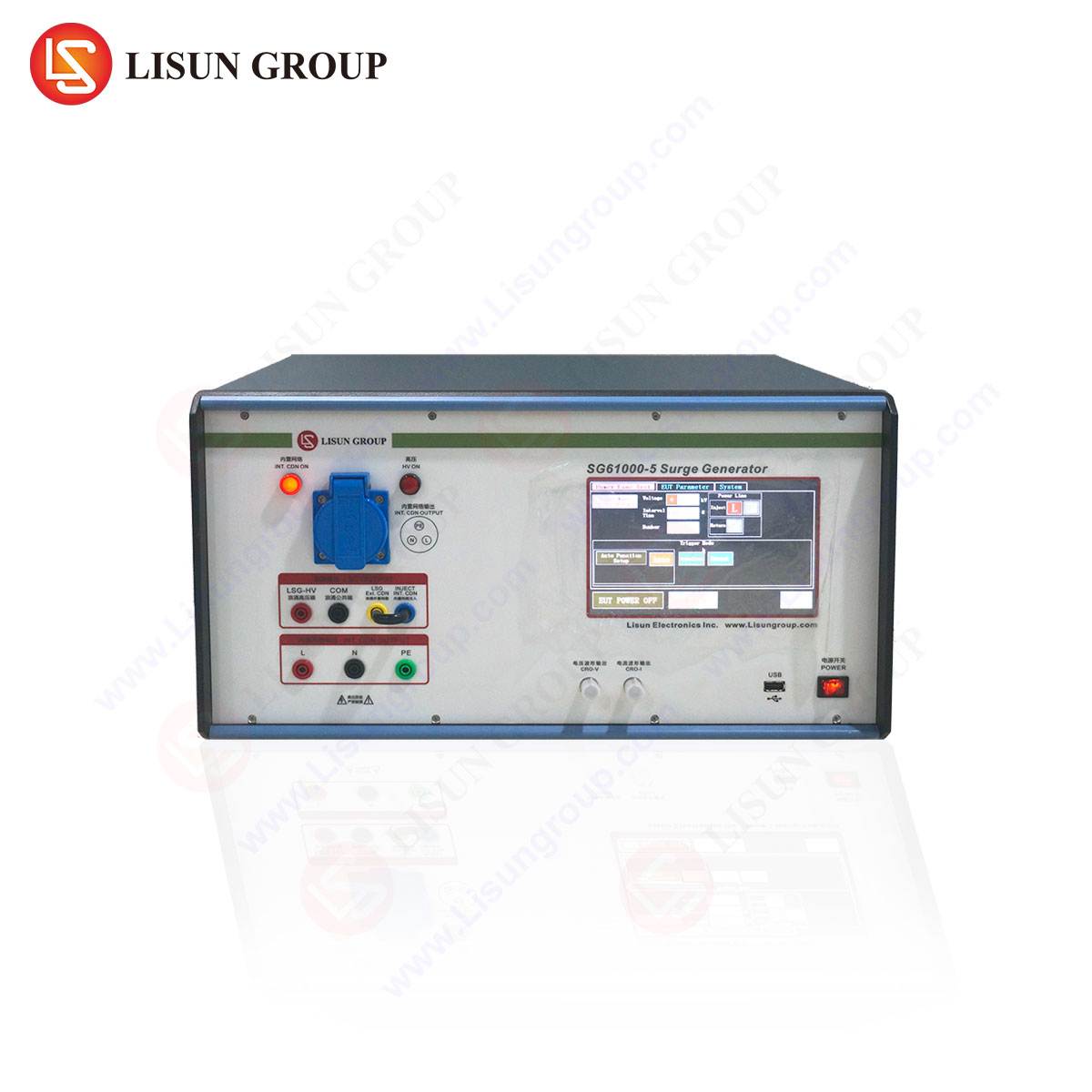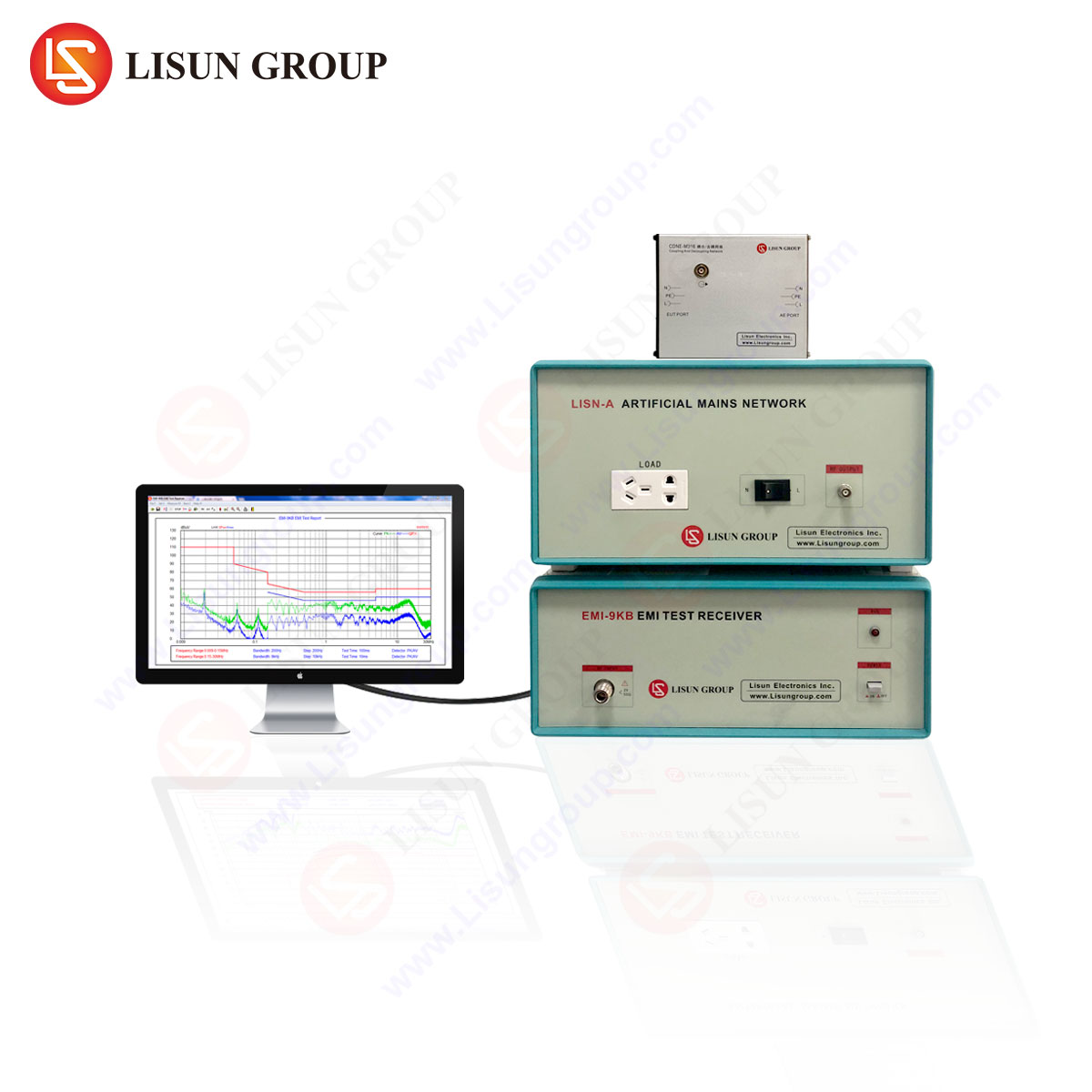Introduction to Electrostatic Discharge (ESD) Immunity Testing
Electrostatic Discharge (ESD) immunity testing evaluates the ability of electronic and electrical equipment to withstand transient voltage surges caused by electrostatic discharges. Such discharges occur naturally when two objects with differing electrical potentials come into contact, often resulting in rapid energy transfer that can disrupt or damage sensitive electronic components.
ESD immunity testing is critical across industries, including lighting fixtures, industrial equipment, medical devices, automotive electronics, and aerospace systems, where reliability and safety are paramount. Compliance with international standards such as IEC 61000-4-2, ISO 10605, and ANSI/ESD S20.20 ensures that products meet rigorous performance criteria under real-world ESD conditions.
This article examines the principles of ESD immunity testing, industry applications, and the role of advanced testing equipment such as LISUN’s ESD61000-2 in ensuring compliance and product robustness.
Fundamentals of ESD Immunity Testing
Mechanisms of Electrostatic Discharge
ESD events are categorized into two primary types:
- Kontakt Entladung – Direct application of ESD to conductive surfaces.
- Luftaustritt – Simulates real-world scenarios where an arc occurs between the discharge gun and the equipment under test (EUT).
Der IEC 61000-4-2 standard defines test levels ranging from ±2 kV to ±30 kV, with specific waveforms (e.g., 150 pF capacitor, 330 Ω discharge resistor) to replicate human-body model (HBM) discharges.
Testmethodik
ESD immunity testing involves:
- Pre-test setup: Grounding, environmental controls (humidity < 60%, temperature 15–35°C).
- Discharge application: Using an ESD-Simulator to apply controlled pulses to predefined test points (enclosure, I/O ports, control panels).
- Performance evaluation: Monitoring the EUT for malfunctions, data corruption, or permanent damage.
LISUN ESD61000-2: Advanced ESD Immunity Testing Solution
Product Overview
Der LISUN ESD61000-2 is a high-precision ESD simulator designed for compliance with IEC 61000-4-2, ISO 10605, and ANSI/ESD S20.20. It provides accurate, repeatable testing for a wide range of industries, ensuring product resilience against electrostatic disturbances.
Key Specifications
| Parameter | Spezifikation |
|---|---|
| Entladespannungsbereich | ±0.1 kV – ±30 kV |
| Entladungsmodi | Contact, Air |
| Polarität | Positiv/Negativ |
| Waveform Compliance | IEC 61000-4-2 (4 kV – 30 kV) |
| Discharge Interval | 0.05 – 9.99 s (adjustable) |
| Test Accuracy | ±5% (voltage), ±10% (current) |
Testing Principles
Der ESD61000-2 verwendet eine high-voltage generator and precision discharge circuit to replicate real-world ESD events. Key features include:
- Programmierbare Testsequenzen for automated compliance testing.
- Real-time monitoring of discharge current and voltage.
- Grounding verification to ensure test repeatability.
Industry Applications of ESD Immunity Testing
1. Medical Devices
Medical equipment, such as patient monitors and infusion pumps, must withstand ESD events to prevent life-threatening malfunctions. The ESD61000-2 gewährleistet die Einhaltung von IEC 60601-1-2 for electromagnetic immunity.
2. Kfz-Elektronik
Modern vehicles incorporate sensitive infotainment systems, ADAS, and ECU modules vulnerable to ESD. Testing per ISO 10605 ensures reliability in harsh environments.
3. Industrial Automation
Programmable logic controllers (PLCs) and sensors in industrial machinery require ESD immunity to prevent production downtime.
4. Unterhaltungselektronik
Household appliances, smart lighting, and audio-visual equipment must resist ESD from user interactions.
5. Aerospace & Rail Transit
Avionics and railway signaling systems undergo stringent ESD testing to meet DO-160 and EN 50121-3-2 Standards.
Competitive Advantages of LISUN ESD61000-2
- Hohe Genauigkeit und Reproduzierbarkeit – Ensures compliance with international standards.
- Automated Testing Capabilities – Reduces human error in test execution.
- Broad Industry Applicability – Supports testing for medical, automotive, industrial, and consumer electronics.
- Robuste Konstruktion – Designed for long-term reliability in laboratory and production environments.
Häufig gestellte Fragen (FAQ)
Q1: Was ist der Unterschied zwischen Kontakt- und Luftentladungsprüfung?
Contact discharge applies ESD directly to conductive surfaces, while air discharge simulates real-world arcing conditions.
Q2: How does humidity affect ESD testing results?
Low humidity ( 60%) may suppress discharges. Standard testing conditions (30–60% RH) ensure consistency.
Q3: Can the ESD61000-2 be used for component-level testing?
Yes, it supports IC-level ESD testing per ANSI/ESD STM5.1 for semiconductor resilience.
Q4: What industries require ESD testing per IEC 61000-4-2?
Medical, automotive, industrial, IT, and consumer electronics must comply with this standard.
Q5: How does LISUN’s ESD61000-2 compare to competitors?
It offers superior waveform accuracy, automated test sequences, and broad voltage range, making it ideal for high-compliance applications.
Durch die Integration LISUN’s ESD61000-2 into product validation processes, manufacturers can ensure reliability, regulatory compliance, and market competitiveness across diverse industries.




